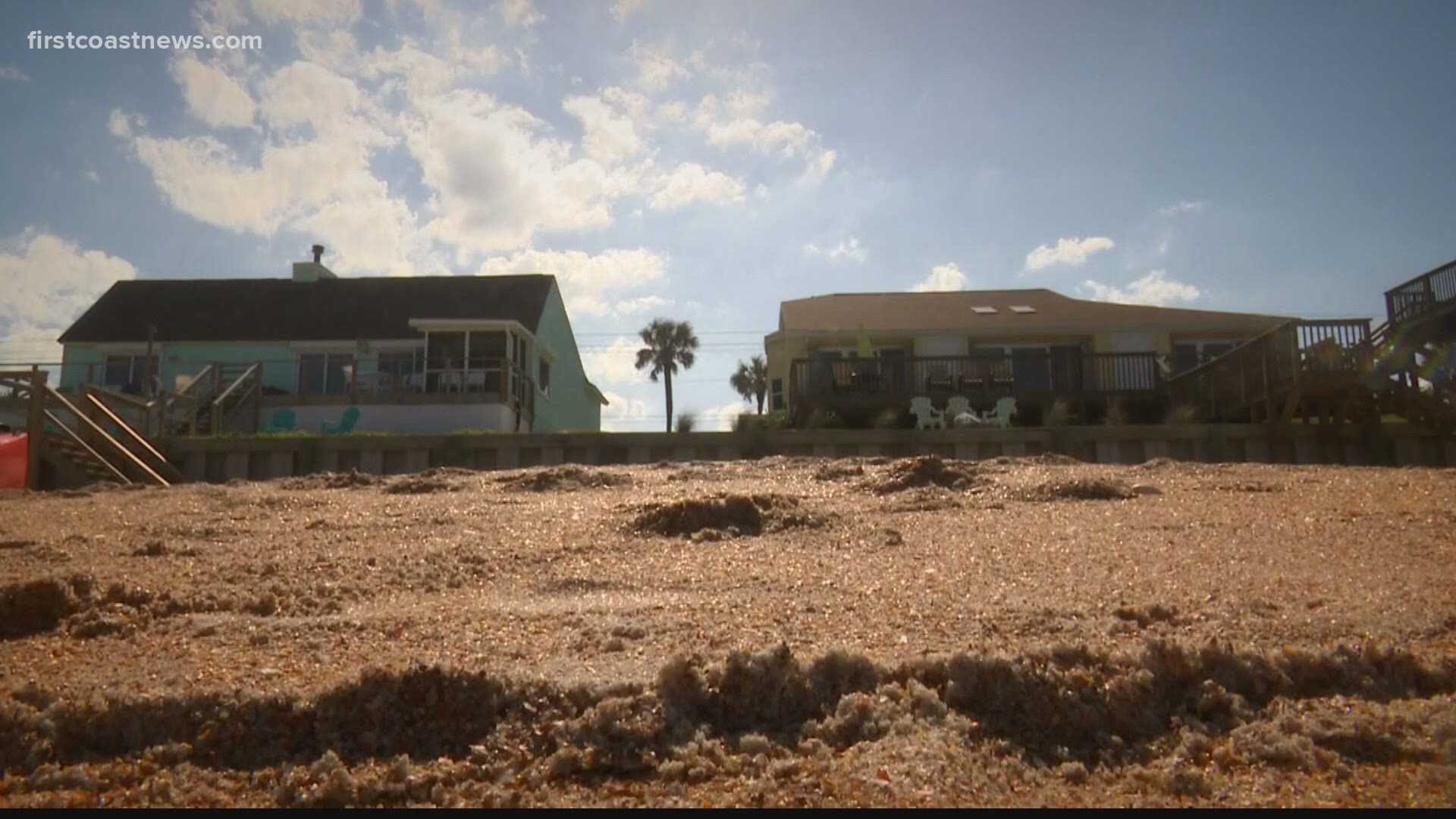JACKSONVILLE, Fla. — With 1,100 miles of navigable riverfront, 22 miles of beaches and 40 miles of Intracoastal Waterway, Jacksonville is home to some prime real estate.
But those same waterways make the city uniquely vulnerable to sea level rise.
For the past year, the Jacksonville's City Council's Special Committee on Resiliency has begun taking this challenge seriously, working to identify the city’s risk exposure and create a blueprint for how to prepare for the substantial impacts of a rapidly warming planet.
On Thursday, the committee gave final approval to the fruit of its labor, a document that lays out the city's many challenges and charts a path forward.
"Resiliency begins with keeping water out of our neighborhoods," Committee Chair Randy DeFoor said, stating a simple goal that will require a multi-billion dollar commitment from the city, with help from state and federal partners.
"This will take a long time and cost a lot of money," Councilmember Matt Carlucci said, noting the intensity of storms brought on by climate change present an unprecedented challenge. "When was the last time we got to the Greek alphabet on hurricanes?" he asked.
Delay is not an option. Councilmember Michael Boylan said impacts have already devastated thousands of local families. "There were 112,000 FEMA [financial relief] applications in Duval County alone following Hurricane Irma -- which was not a hurricane when it hit Jacksonville," he observed. "It was flooding, flooding and flooding."
Even without ever-more-powerful storms, seas are rising inexorably, and -- at least in the short term -- inevitably. By the century's end, Naval Station Mayport will be dealing with a 2-foot increase in sea levels – and possibly as much as 7 feet.
The committee report sets three key priorities: Hiring a chief resiliency officer, conducting a vulnerability assessment of key infrastructure – like hospitals and bridges -- and expanding the map of at-risk areas to include not just coastline but all flood-prone water bodies.
The chief resiliency officer position has already been posted on Zillow. Much remains to be done, and as Carlucci said, the future depends on it.
"We will turn this into a history-making difference," he said holding the report aloft, "for the security of future generations."
Read the full report here.

